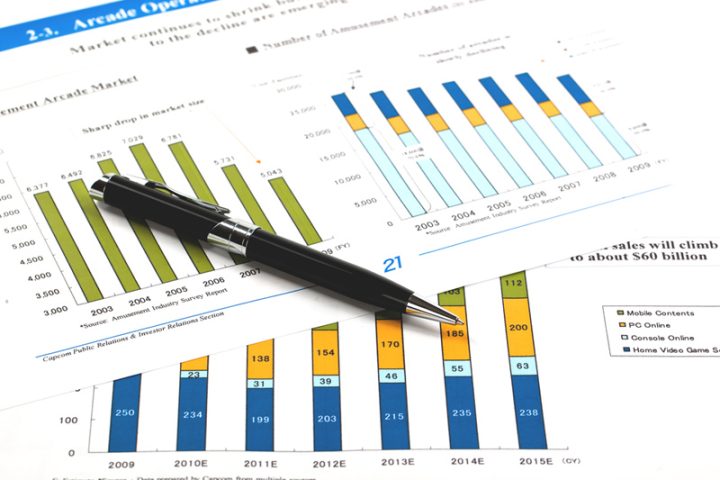By Lucia Mutikani
WASHINGTON (Reuters) – U.S. job growth slowed in October in part as strikes by the United Auto Workers (UAW) union against Detroit’s “Big Three” car makers depressed manufacturing payrolls, and the increase in annual wages was the smallest in nearly 2-1/2 years, pointing to an easing in labor market conditions.
The Labor Department’s closely watched employment report on Friday also showed the unemployment rate rising to 3.9% last month, the highest level since January 2022, from 3.8 in September.
The economy added 101,000 fewer jobs in August and September than previously estimated, also suggesting slowing labor market momentum. The report strengthened financial market expectations that the Federal Reserve is done raising interest rates for the current cycle, and improved the chances of the U.S. central bank engineering a “soft-landing” for the economy rather than plunging it into recession as some economists had feared.
“This is a very Fed-friendly report,” said Sal Guatieri, a senior economist at BMO Capital Markets in Toronto. “The only wrinkle is that the labor force shrank. Still, the overall softness in the report will go a long way to keeping the Fed on the sidelines for a third straight meeting in December.”
Nonfarm payrolls increased by 150,000 jobs last month after rising by 297,000 in September, the Labor Department’s Bureau of Labor Statistics said. Economists polled by Reuters had forecast payrolls would rise by 180,000.
About 52.0% of private sector industries reported increases in employment, the lowest since April 2020, compared to 61.4% in September, the survey of establishments showed.
Manufacturing employment dropped 35,000, with the UAW strike at Ford Motor (NYSE:), General Motors (NYSE:) and Chrysler parent Stellantis (NYSE:) factories as well as at Mack Trucks plants subtracting 33,000 jobs.
In addition to the industrial action, which has since ended, the slowdown in employment gains last month was pay-back after September’s gains, which were the largest in eight months.
Though hiring is slowing as a result of the cumulative impact of rate hikes from the Fed, payroll gains remain way above the roughly 100,000 jobs per month needed to keep up with growth in the working-age population.
“A payroll increase of 150,000 is not bad, and 180,000 – what it would have been without the strike and ancillary impacts – is solid,” said Chris Low, chief economist at FHN Financial in New York. “So, no need to worry about excessive weakness at least until we see what the post-strike environment looks like.”
Last month’s increase in hiring was led by the healthcare sector, which added 58,000 jobs, the bulk of them in ambulatory health care services. Employment in government increased by 51,000 positions, returning to its pre-pandemic level. The rise in government payrolls was driven by local government hiring.
The construction industry added 23,000 jobs. There were also gains in social assistance as well as professional and business services payrolls, with temporary help jobs – a harbinger of future hiring – rebounding after eight straight monthly declines. Leisure and hospitality employment rose 19,000, well below the monthly average of 52,000 in the last 12 months.
The transportation and warehousing industry suffered job losses as did the information industry, continuing to be weighed down by an ongoing strike in Hollywood.
Financial markets overwhelmingly expect the Fed to keep rates unchanged in December and January, according to CME’s FedWatch Tool. Stocks on Wall Street rallied. The dollar fell against a basket of currencies. U.S. Treasury prices rose, with the yield on the benchmark 10-year note hitting a five-week low.
WAGE GROWTH COOLS
The U.S. central bank held rates unchanged on Wednesday but left the door open to a further rise in borrowing costs in a nod to the economy’s resilience. Since March 2022, it has hiked its policy rate by 525 basis points to the current 5.25%-5.50% band.
Average hourly earnings rose 0.2% in October after climbing 0.3% in September. In the 12 months through October, wages increased 4.1%, the smallest increase since June 2021, after rising 4.3% in September. The average workweek shortened to 34.3 hours from 34.4 hours. Aggregate hours worked fell 0.3%. Both reflected the impact of the auto strikes on the economy.
The labor market is the major force behind the economy’s staying power, with gross domestic product recording an annualized growth pace of nearly 5% in the third quarter.
Though wage pressures are easing because of a recent expansion of the labor pool and fewer people changing jobs, the annual growth in average hourly earnings remains above the 3.5% that economists say is consistent with the Fed’s 2% target.
“We’ll see a significant deceleration in growth in the fourth quarter, but not in a way that we’re plunging into any kind of recession,” said Sean Snaith, director of the University of Central Florida’s Institute for Economic Forecasting.
Economists were split on the impact of record-breaking labor contracts, including the ones scored by the UAW, airline pilots and the union representing UPS workers, on wage inflation.
Some argued that the recent surge in worker productivity, if maintained, would be enough to offset the higher compensation. Others pointed out that the U.S. economy was now predominantly based on services, which would make it harder to boost productivity.
Ebbing labor market momentum was also evident in the smaller household survey, from which the unemployment rate is derived. Household employment fell 348,000, accounting for the rise in the jobless rate. The strike also impacted the unemployment rate. About 201,000 people dropped out of the labor force.
That lowered the labor force participation rate, or the proportion of working-age Americans who have a job or are looking for one, to 62.7% from 62.8% in September.
The prime-age group participation rate declined, mostly because of men dropping out of the labor force.
The ranks of Americans experiencing long-term unemployment increased 66,000 to 1.282 million. The number of people working part-time for economic reasons rose 218,000 to 4.283 million. There was also an increase in people working multiple jobs.
“October’s employment report, in conjunction with the third-quarter report on productivity and costs, clearly indicates that the economy has converged already to potentially a more sustainable path of low inflation and solid potential growth,” said Brian Bethune, an economics professor at Boston College.
Read the full article here






